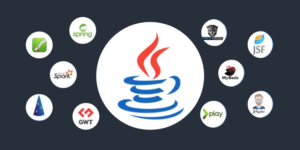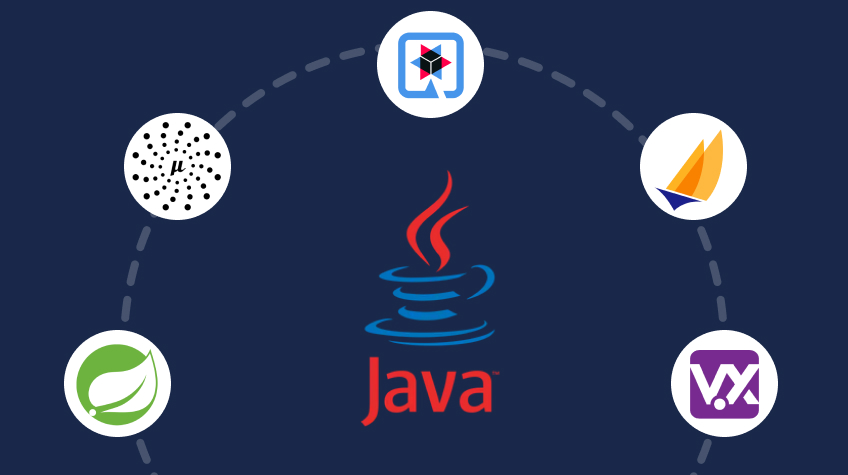
Selecting the appropriate Java framework becomes a long-term decision when technology companies go from prototypes to production-grade solutions. Usually defining the limits of what is feasible, the framework shapes scalability, security, modularity, and development speed. Java is the backbone of corporate development.
Thus, the ecosystem is full of tools meant for creating applications for actual use. Whether the emphasis is on microservices, reactive architectures, or fast development cycles, every framework has a different philosophy that affects the maintainability and resilience of the result. Success comes from the structure supporting the code, not from the code itself; hence, the framework becomes the prism through which issues are resolved and ideas are presented.
Spring Boot for Business Authority

Particularly in situations where speed and stability must coexist, Spring Boot has come to represent fast, effective Java development. By using convention over design and embedding reasonable defaults, it removes the conventional overhead of Spring configuration.
For developers who must rapidly ship goods while maintaining adherence to corporate standards, this is especially helpful. All of which help to enable quick deployment cycles and shorter feedback loops—boilerplate setup, dependency management, embedded server provisioning, and seamless integration with cloud platforms—Spring Boot handles.
The framework lets you handle transactions without writing extra layers of repeating code, connect to databases using Spring Data JPA, and structure REST APIs. This means more time addressing business logic than fixing XML configurations. Its close connection with Spring Security, Spring Cloud, and Actuator guarantees strong, scalable systems that give real-time application performance, health, and traffic analysis. Spring Boot offers real enterprise-grade resilience and pairs well with tools like Netflix OSS and Kubernetes in production settings where microservice architecture is vital.
Micronaut for Lightweight Solutions
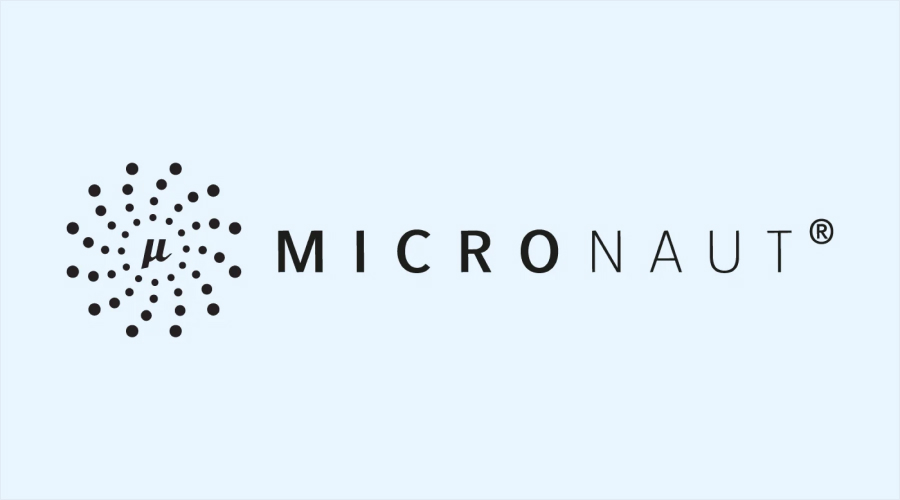
With its AOT (Head-of-Time) compilation and compile-time dependency injection, Micronaut has presented a novel viewpoint on microservice architecture. Micronauts gather metadata early, unlike conventional Java systems that depend on runtime reflection, enabling faster startup times and much-reduced memory consumption.
Particularly when used as serverless functions or scaled dynamically in orchestration platforms like Kubernetes, this change is essential for cloud-native applications that must start instantly in containerized environments. Additionally, Micronaut has built-in support for HTTP routing, declarative HTTP clients, service discovery, and reactive streams.
You have the tools to create very responsive, asynchronous systems free from outside libraries. Its great fit with GraalVM lets packaging microservices fit native images, improving performance even by lowering cold stars and runtime overhead. Micronaut is unique in allowing developers’ experience to be sacrificed in order to design lightweight, safe, and high-performance microservices fit for today’s cloud infrastructure.
Quarkus for Native Builds in the Cloud
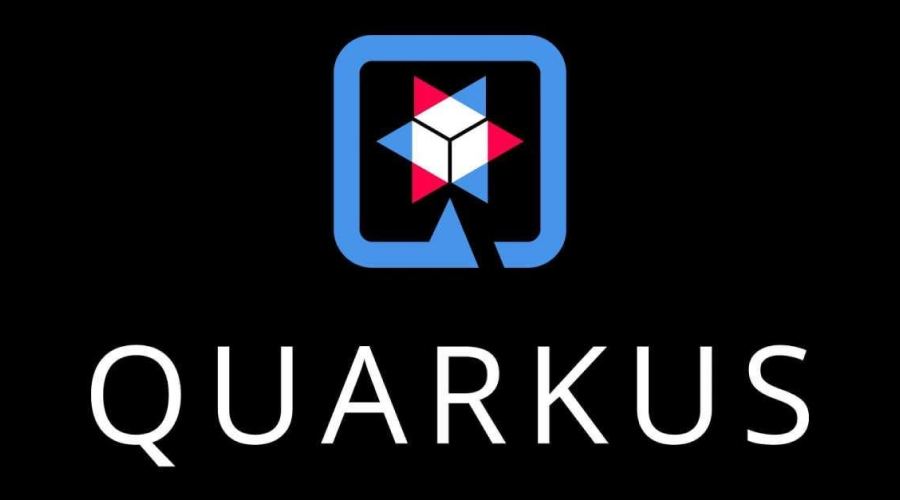
Embracing container-first design ideas and developer-centric tools helps Quarkus redefine Java development for cloud-native workflows. Designed with Kubernetes and serverless in mind, Quarkus bridges conventional Java enterprise systems with reactive programming models to enable seamless scaling, fast boot time, and low memory use. It delivers performance measures hitherto unattainable for Java-based systems in cloud environments and is optimized for GraalVM native images.
Java programming in Quarkus gains from zero-configuration REST endpoints, unified configuration, and live coding—all intended to keep developers in a state of flow. While embracing younger technologies like Vert.x and reactive streams, its ecosystem supports standards, including Jakarta EE, Eclipse Microprofile, and Hibernate ORM.
This dual compatibility lets you create new reactive architectures or migrate legacy systems free from compromise. It helps teams to keep observability, extensibility, and deployment simplicity at the core while enabling confident innovation.
Jakarta EE in Long-Term Systems
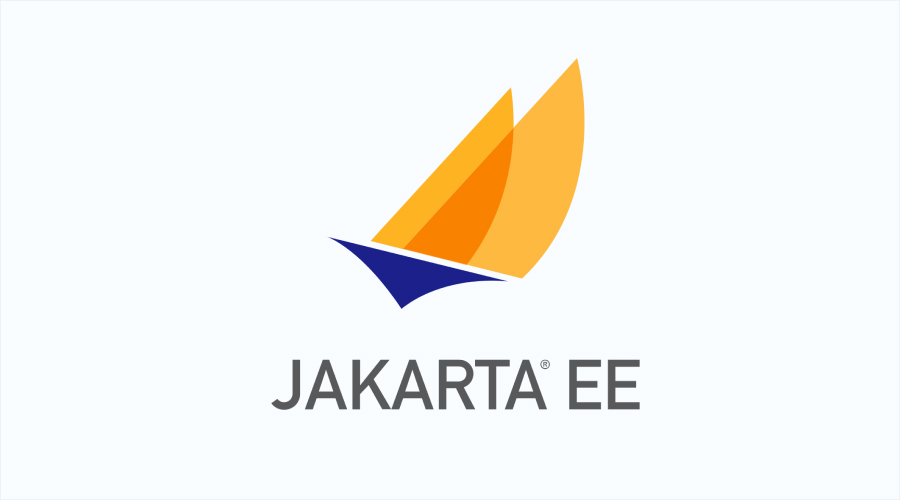
Previously, Java EE, Jakarta EE offers a solid basis for developing major corporate applications. In fields where long-term support, vendor neutrality, and rigorous adherence to standards are absolutely vital, it is still the first choice.
This covers sectors including banking, government, and insurance, where architectural predictability and compliance are just as crucial as creativity. All controlled through an application server runtime, Jakarta EE offers a complete suite of APIs for web services, dependency injection, persistence, messaging, and transactions. Compatibility among several certified servers—including Payara, WildFly, and Open Liberty—defines Jakarta EE as one of its strongest suits.
This adaptability lets applications move across systems without code rewrites, providing actual freedom from vendor lock-in. Under the Eclipse Foundation, the framework keeps changing with contemporary additions, including modular packaging, asynchronous processing, and CDI (Contexts and Dependency Injection); Jakarta EE is still a dependable, standards-driven tool for developers creating mission-critical apps supported by a large ecosystem and a vibrant community of corporate adopters.
Vert.x for Systems Reactive
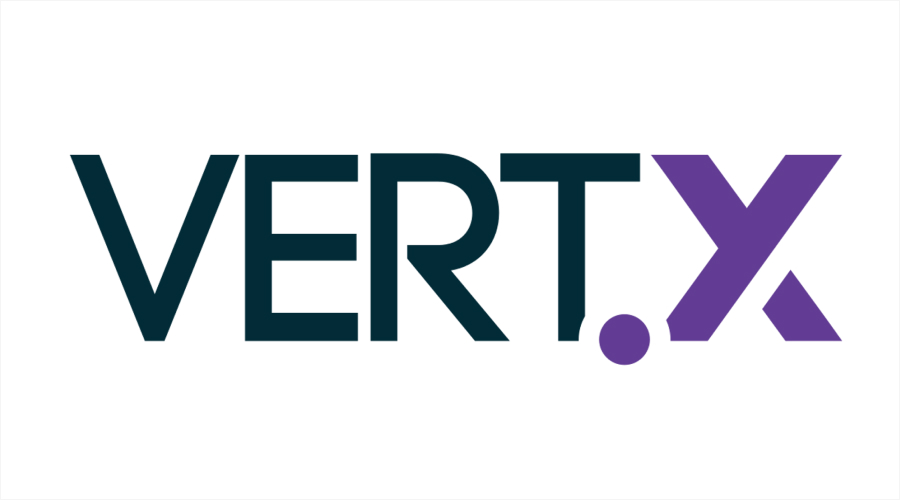
Vert.x is made for non-blocking, event-driven applications needing great concurrency and responsiveness. For high-throughput situations, including real-time dashboards, messaging platforms, and IoT systems, Vert.x runs on an event loop model comparable to Node.js rather than depending on conventional thread-per-request models. Constructed atop Netty, it provides a strong basis for creating reactive systems running Java, Kotlin, or even JavaScript inside the same runtime.
With modular development—each component, known as a Verticle, runs independently and connects via an event bus—the Vert.x toolkit enables. This architecture allows you fine-grained control over performance and dependability by supporting distributed deployments and horizontal scaling. Vert.x’s polyglot architecture preserves simplicity and promotes a microservices attitude, unlike monolithic models. It supports coroutines and flows naturally with RxJava,
so enabling asynchronous programming to be more expressive and under control. Vert.x offers a uniquely scalable and reactive answer for uses needing thousands of concurrent connections or real-time data processing.
Conclusion
The chosen framework determines the scalability, quality, and efficiency of the last result. In the fast-paced world of real-world application development, the tools you select shape not only the build process but also the long-term success of your solution. Choosing well means designing precisely and with clarity. Let the framework direct the way ahead; every action taken from here on shows that decision. A solid foundation ensures that your application not only works—it thrives, adapts, and endures.
Author Bio
Jenny Fries is a freelance writer specializing in technology, business, and health. She offers expert blogging and content writing services focused on SEO. When not crafting compelling content, Jenny enjoys traveling, cooking, and planning her next vacation.

